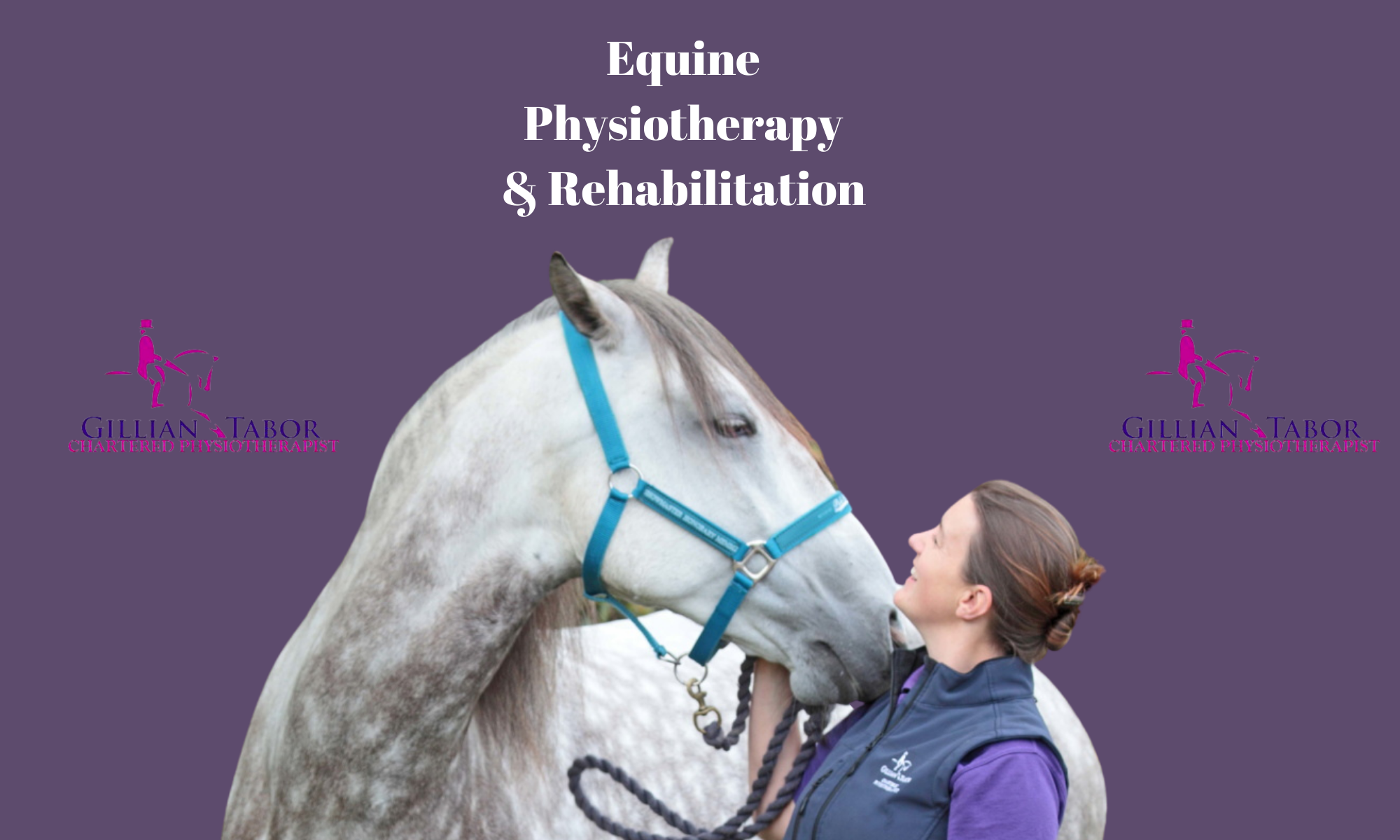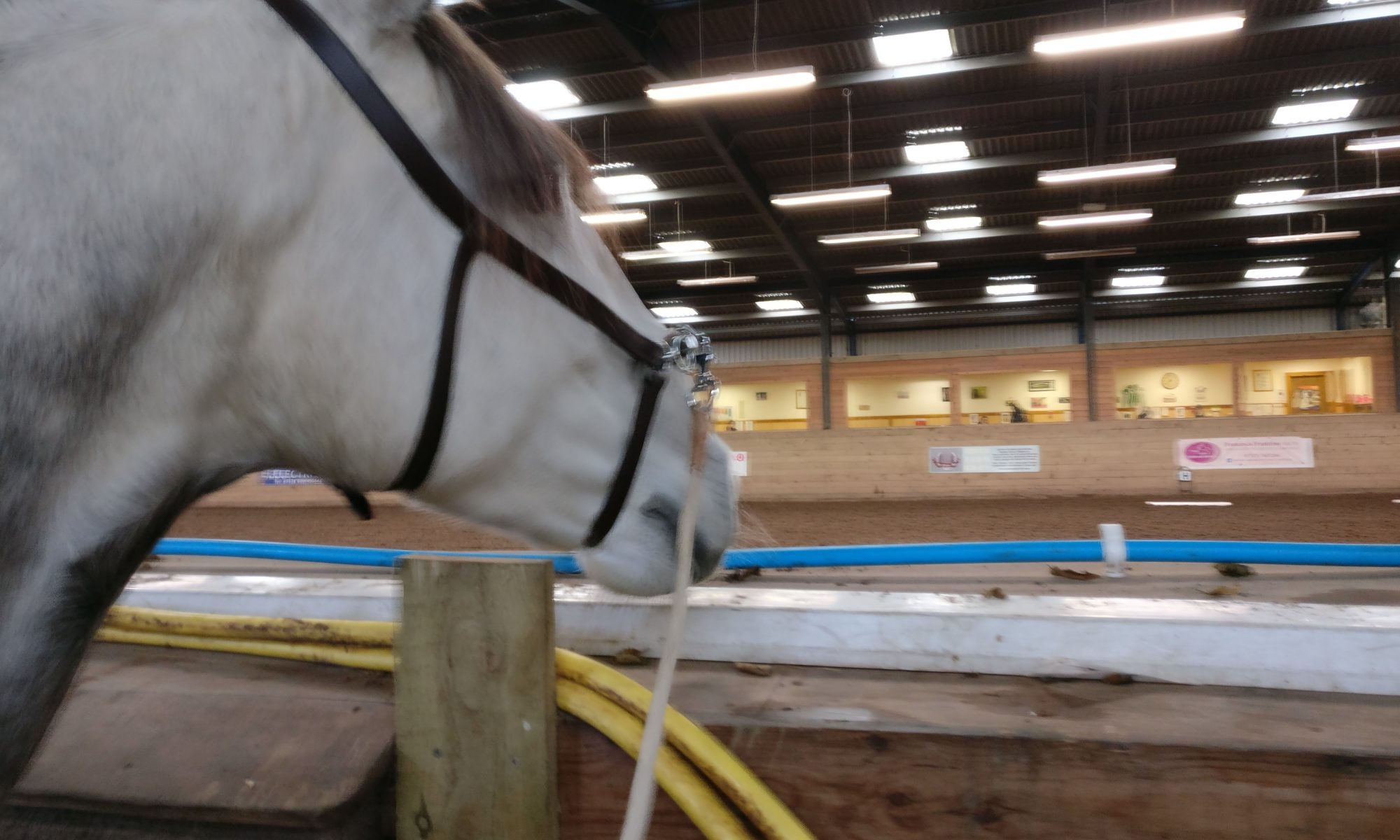So what’s all this talk about inside leg to outside rein?
And…what is the biomechanical truth about bend?
And…how does this relate to problems with how horses move?
I’ve spent a little while trying to work this all out. I thought it was all about dressage and training, but then I studied biomechanics and equine physiotherapy, so I shifted to thinking it was all about pain and injury.
With time, experience and opportunities to continue both scientific academic and classical academic knowledge study I have learned so much!
I will explain how I now believe it all fits together.
To achieve a straight horse the amount of spinal movement to the left and rein must be equal, the strength of the muscles needs to be the same on the left side as the right. The legs need to flex the joints the same amount on each side as well as push of the ground with the same amount of force. The legs also need to swing through the air for the same amount of time so that each side steps forward the same amount.
To achieve the way that has been described in 400 years of classical texts and this is to work each side almost individually before putting both sides together again.
The first part of all of this to consider is how to use exercises positioning the horse so that the inside hind leg is placed in a spot under the horses centre of gravity. This means it is stepped to the inside of the place it would have gone on a straight line. This reaches the leg forward and inwards so it goes further from the hip as the leg joints straighten out. The foot, placed in this spot, therefore effects the leg which is attached to the hip (remember the foot bone is connected to the shin bone, the shin bone is connected to the thigh bone song?!).
The leg following the foot, means the hip drops down and forwards, the point of the hip on that side also then has to lower and come forwards. To point of the hip (the tuber coaxe of the pelvis) is connected via the pelvis, through the sacral iliac joints to the spine.
The trunk also has to move – a stiff rigid trunk means the horse bends less…obviously…but its also about the need for the ribcage and ‘core’ of the horse to swing sideways out of the way to allow the hind leg to step forwards. The ribs swing to the side and the inside hip lowers and the leg reaches forwards and if on a circle, towards the inside, under the body…
The neck has to bend to the inside, the poll has to bend to the inside so that the face of the horse is pointing in the direction of travel, the whole outside of the horse’s body lengthens and the inside shortens.
And so, the ‘circle’ of bend, taught as using our inside leg and then using the outside rein to stop the horse falling out through the opposite shoulder, is complete for one step!
To help being able to see this movement I have a way of teaching this to being able to understand whether the way your horse is moving is positive for its body. This is how can you tell if your horse’s way of moving is not having a negative effect on its body. If you know the basics of how a horse moves, you can learn to understand how good movement can be therapeutic for your horse.
This series will take you step by step (pun intended) through horse movement, from legs to their back and whole body. All you need is a keen eye and time to enjoy watching horses do what that do best! PS watching videos on YouTube or of friend’s horses can be a valuable alternative if you can’t get close to the real thing!
How it works – each week I will set you a simple task to watch a specific element of a horse moving. Simple, quick and fun for all ages – children included.
Here’s the first task…
Stand to the side of a horse and watch it walk across in front of you. Focus on one leg and watch that, as the horse moves forwards, one step is made up of a part when the hoof is on the ground and when the leg is in the air. The part of the step when the hoof is in contact with the ground is called the stance phase and when the leg is in the air it is called the swing phase.
Let me know if you can see stance and swing and next Friday I will post the next one 🙂


